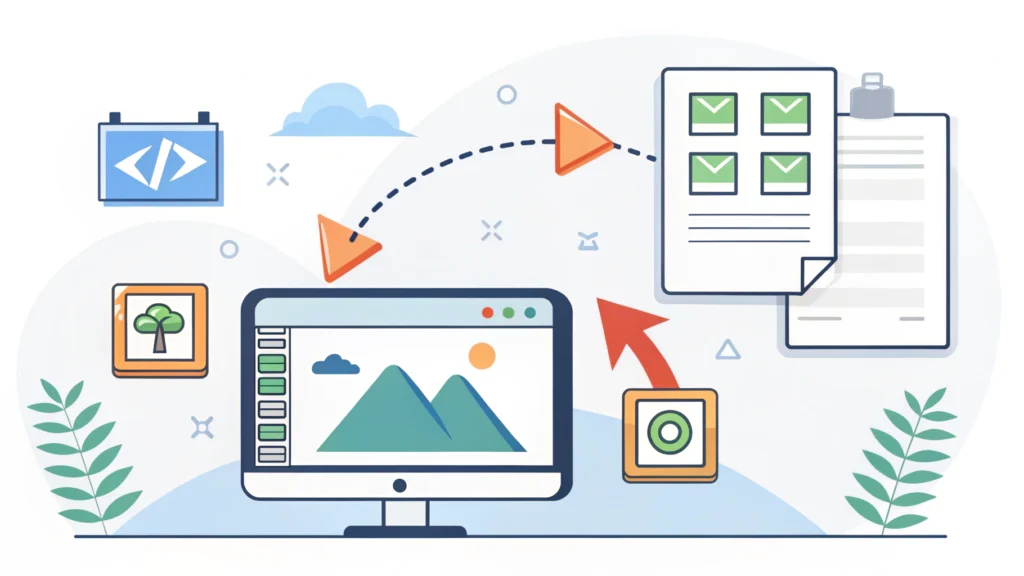Introduction to Web Design
Web design is a crucial aspect of creating a successful online presence. It encompasses the aesthetics, usability, and functionality of a website. With the rapid evolution of technology, understanding modern web design techniques is essential for developers and tech enthusiasts alike.
Key Elements of Modern Web Design
1. Responsive Design
Responsive design ensures that your website looks great on all devices, from desktops to smartphones. This is achieved by using flexible grids, layouts, and media queries.
2. User Experience (UX)
UX focuses on how users interact with your website. A good UX design anticipates user needs, making navigation intuitive and enhancing overall satisfaction.
3. Aesthetics and Visual Hierarchy
The visual appeal of your site can significantly impact user engagement. Use colors, typography, and spacing to create a clear visual hierarchy.
Step-by-Step Guide to Designing a Web Page
Step 1: Planning Your Layout
Begin by sketching out your layout. Consider the placement of headers, content sections, and footers. Tools like the Button Generator can help create call-to-action buttons that fit within your design.
Step 2: Choose Your Color Palette
Select a color scheme that aligns with your brand identity. Websites like Coolors can help you generate appealing color combinations.
Step 3: Write Clean HTML and CSS
Use semantic HTML to structure your content. Here’s a basic example:
<header>
<h1>Welcome to My Website</h1>
</header>
<main>
<section>
<h2>About Us</h2>
<p>We are committed to providing the best service.</p>
</section>
</main>Step 4: Optimize for Performance
Use tools like the CSS Minifier and HTML Minifier to reduce file size and improve loading speeds.
Step 5: Test Your Design
Utilize a tool like the Responsive Simulator to ensure your design works across various devices and screen sizes.
Common FAQs about Web Design
What is the difference between UI and UX?
UI (User Interface) refers to the visual aspects of a website, while UX (User Experience) focuses on the overall experience users have while navigating the site.
How can I improve my website’s SEO through design?
Incorporate SEO best practices by using proper heading structures, alt attributes for images, and optimized meta tags. Tools like the Meta Tag Generator can assist in creating effective meta tags.
Is coding required for web design?
While coding knowledge (HTML, CSS, JavaScript) is beneficial, many platforms and website builders allow you to create stunning designs without extensive coding experience.
Conclusion
Mastering web design involves understanding various techniques and tools to create aesthetically pleasing and user-friendly websites. By following the steps outlined in this guide and utilizing resources from WebToolsLab, you can significantly enhance your web design skills.
